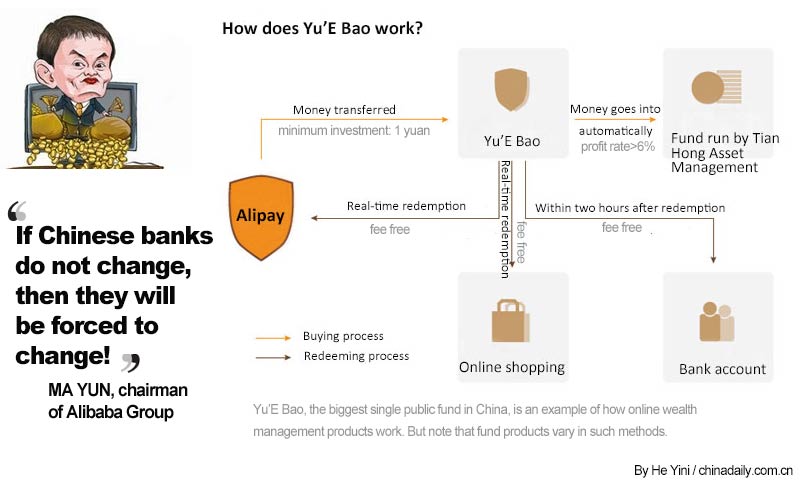What Are Subsidized Loans? Unlocking the Secrets to Affordable Education Financing
Guide or Summary:Understanding Subsidized LoansEligibility for Subsidized LoansThe Advantages of Subsidized LoansHow to Apply for Subsidized LoansConclusion……
Guide or Summary:
- Understanding Subsidized Loans
- Eligibility for Subsidized Loans
- The Advantages of Subsidized Loans
- How to Apply for Subsidized Loans
- Conclusion: Are Subsidized Loans Right for You?
When it comes to financing your education, understanding the various types of loans available is crucial. One option that stands out due to its affordability and favorable terms is the subsidized loan. But what exactly are subsidized loans, and how can they benefit you? In this comprehensive guide, we will delve into the intricacies of subsidized loans, explore their advantages, and help you determine if they are the right choice for your educational financing needs.
Understanding Subsidized Loans
Subsidized loans are a type of federal student loan designed to help undergraduate students cover the cost of their education. The key feature that sets subsidized loans apart from other types of loans is that the government pays the interest on these loans while the borrower is in school, during the grace period, and during deferment periods. This means that the amount you owe upon graduation is significantly lower compared to unsubsidized loans, where interest accrues from the moment the loan is disbursed.

Eligibility for Subsidized Loans
To qualify for subsidized loans, you must demonstrate financial need, which is determined through the Free Application for Federal Student Aid (FAFSA). The amount you can borrow is capped based on your year in school and your financial need. Generally, first-year students can borrow up to $3,500, while seniors may be eligible for up to $5,500. It’s important to note that subsidized loans are only available to undergraduate students, making them an excellent option for those just starting their higher education journey.
The Advantages of Subsidized Loans
One of the most significant advantages of subsidized loans is the interest subsidy provided by the federal government. By covering the interest during key periods, these loans can save borrowers a substantial amount of money over time. For example, if you take out a $5,500 subsidized loan at a 4.5% interest rate, you could potentially save hundreds of dollars compared to an unsubsidized loan.
Another benefit is the flexible repayment options available to borrowers. After graduation, you typically have a six-month grace period before you must start repaying your loans, which allows you time to find a job and establish your finances. Additionally, if you encounter financial difficulties, you can apply for deferment or forbearance, which can temporarily pause your loan payments.

How to Apply for Subsidized Loans
Applying for subsidized loans is a straightforward process. Begin by completing the FAFSA, which will assess your financial need and determine your eligibility for federal student aid, including subsidized loans. Once your FAFSA is processed, you will receive a financial aid award letter from your school outlining the types and amounts of aid you are eligible for.
It’s important to review your financial aid package carefully and understand the terms of the loans offered. If you decide to accept a subsidized loan, follow the instructions provided by your school to complete the necessary paperwork and receive your funds.
Conclusion: Are Subsidized Loans Right for You?
In summary, subsidized loans represent a valuable resource for students seeking to finance their education without incurring excessive debt. With the government covering interest during critical periods, these loans can make a significant difference in your overall financial burden. If you qualify based on financial need and are pursuing an undergraduate degree, subsidized loans should undoubtedly be on your radar.

By understanding what subsidized loans are and how they work, you can make informed decisions about your education financing options. Take the time to explore this opportunity and consider how it can help you achieve your academic goals while minimizing your financial stress. Remember, investing in your education is one of the most important steps you can take for your future, and subsidized loans can make that journey more manageable.